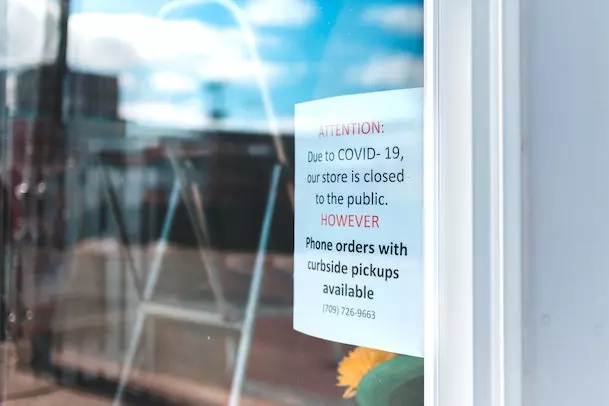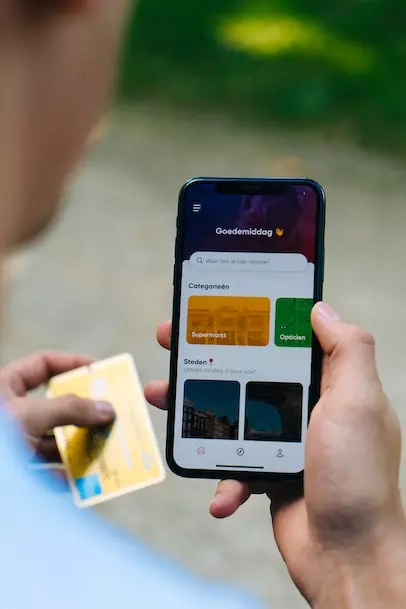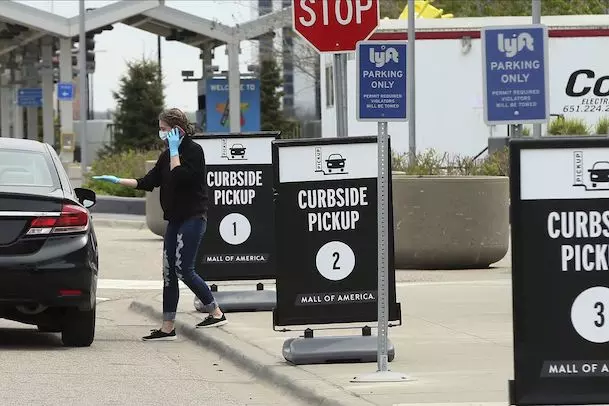After millions of businesses closed their doors as a result of the pandemic, owners were forced to come up with creative solutions to keep revenue following in order to stay in business.
For some, this meant implementing a more phased approach with limited operating hours, reduced amount of store traffic and rigorous cleaning procedures.
But along with safety precautions set in place, businesses also found innovative ways to continue offering their services to their customers. One of the most popular services being curbside pickup.

While curbside pickup or delivery is not a relatively new concept — well-known chain-restaurants Applebee’s and Outback Steakhouse have been using this channel since the early 2000s — the pandemic has caused a surge in demand for the service.
What's curbside pickup and how does it work
We’re starting to see more retailers adopt the BOPIS model in order to meet customer demands and expectations.
BOPIS stands for buy-online-pickup-in-store. This practice has only continued to grow as consumers become more accustomed to online purchases rather than in-store ones. So how does curbside pickup fall into this?
Curbside pickup is a variation of BOPIS, since customers make their purchases usually through a business’s website or app. After a customer submits their order, they simply have to park outside of the store and wait for an employee to come out and fill their car with their purchases for them.

This method allows retailers to still be able to connect with their customers through a digital screen, and provides a clear transition between online and in-store experiences.
Biggest stores offering curbside pickup
While every business has different protocols, curbside services have become a must nowadays. Here are some of the the biggest stores offering curbside pickup:
- Apple
- Walmart
- Target
- Big Lots!
- Nordstrom
How curbside pickup benefits retailers and consumers
Curbside pickup creates a win-win situation for both retailers and their consumers.
Customers want shopping experiences that are convenient but also save them time and money.
From their perspective, curbside pickup is an easy way to pick up products that are needed immediately. It’s much more efficient to get an in-stock item at a store in an hour, rather than wait two days for Amazon shipping.
Smaller retailers have also taken advantage with their storefronts, having a competitive edge over big online commerce.
From a retailers’ point of view, curbside pickup offers a few advantages. Customers are likely to make more purchases when browsing online rather than in-store, and shipping costs are significantly lowered without labor and packaging fees.

Big-box retailer Target saw great success with its Drive Up Services even before the start of the pandemic, fulfilling five million orders within the first year of its introduction in 2018. Now in the height of COVID-19, the service has grown more than 700%.
Overall, curbside pickup is a beneficial service for both businesses and shoppers. Many smaller retailers have seen the benefits and are now just beginning to offer this service.
So what does the future have in store for curbside pickup?
Will curbside pickup stay post-pandemic?
The answer is undoubtedly yes.
Curbside pickup offers something for everyone, and is still a very convenient service for shoppers even without the need for social distancing.
For consumers who enjoy shopping online or have to pick up a product immediately, curbside pickup offers an easy solution.

In fact, a report by McKinsey and Co. found that 56% of shoppers plan to continue using BOPIS after COVID-19.
Curbside pickup offers a perfect solution for business owners wanting to connect with their consumers both digitally and physically, something that should be prioritized as the reliance on online shopping continues to grow.
Want to know how to start curbside pickup services for you business? Our tech experts can develop an app that can help. Let’s talk!













Leave a Comment
Comments (0)